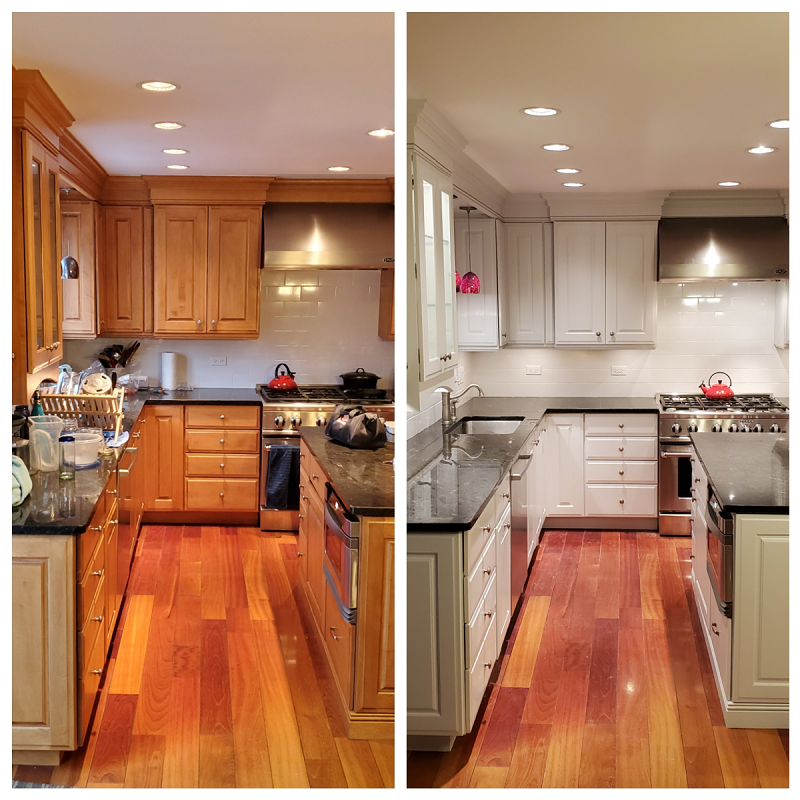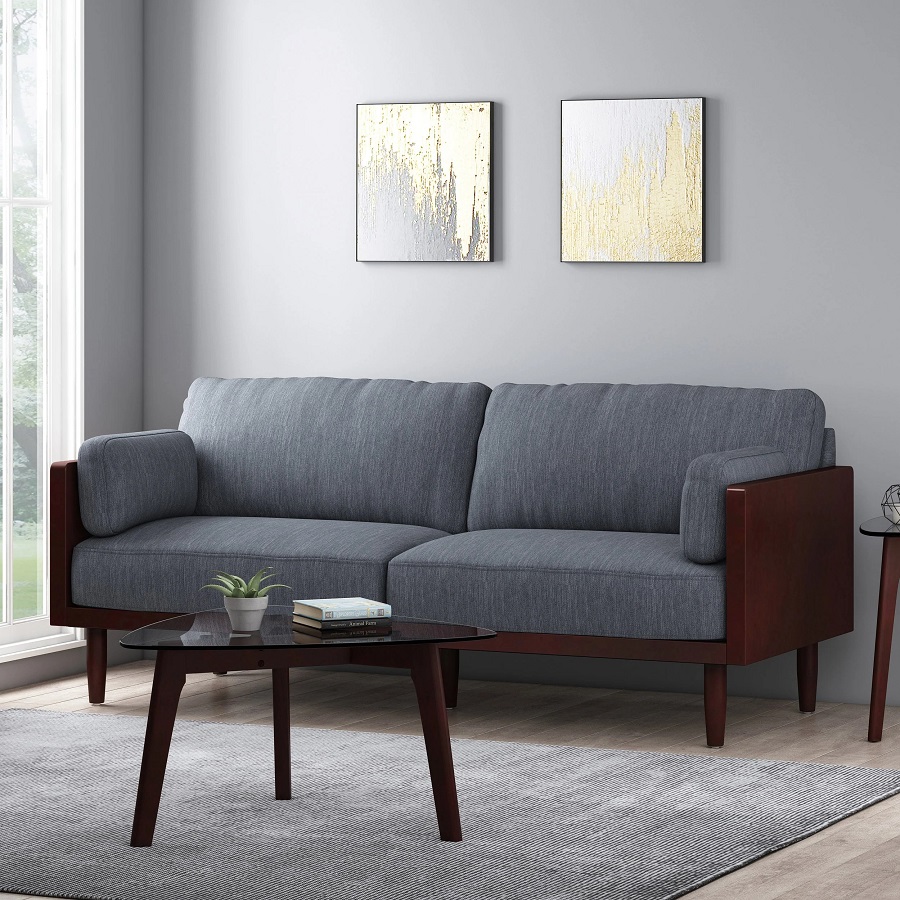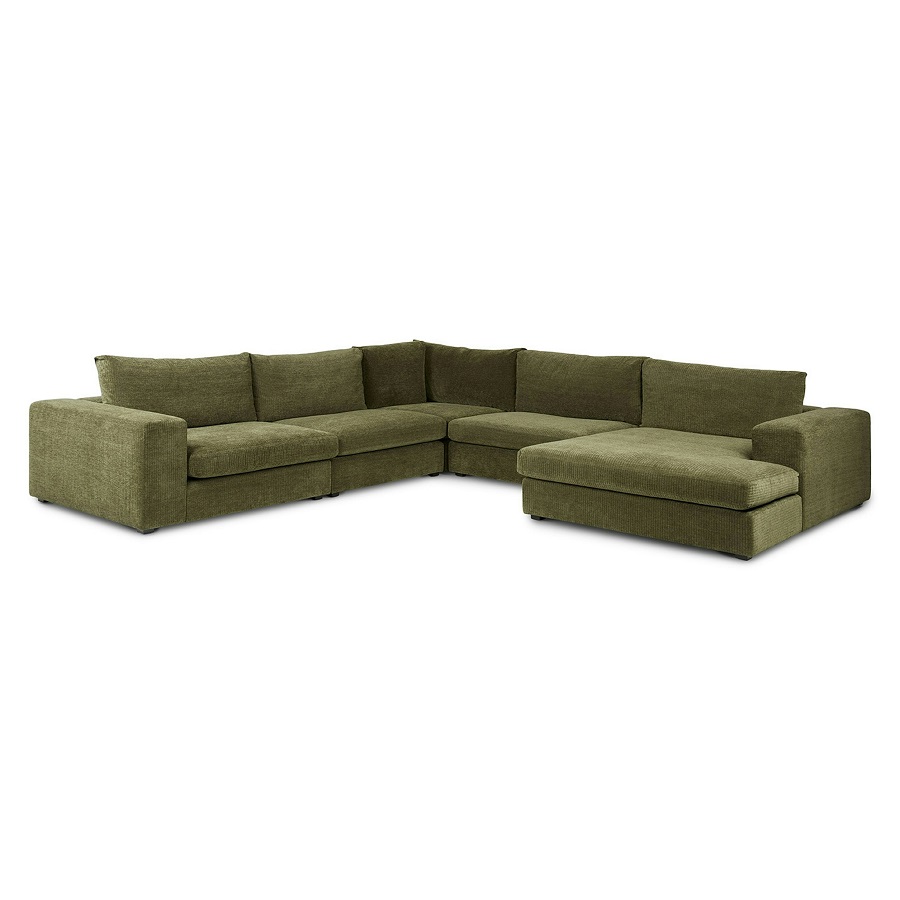Wood cabinets are a stunning feature in any home, offering warmth and elegance to your kitchen or bathroom. However, keeping them looking pristine requires regular care and maintenance. This guide provides comprehensive steps to clean wood cabinets and make them shine like new.
Understanding Your Wood Cabinets
Types of Wood Finishes
Wood cabinets come in various finishes, including lacquered, varnished, and oiled. Understanding your cabinet’s finish is crucial before starting the cleaning process. Lacquered finishes are glossy and durable but can be prone to scratching. Varnished finishes offer a hard, protective layer, while oiled finishes require more frequent maintenance to retain their luster. Knowing the type of finish helps you choose the appropriate cleaning methods and products.
Assessing the Condition
Before you begin cleaning, evaluate the condition of your cabinets. Look for signs of grime build-up, discoloration, or damage. This assessment helps in selecting the right cleaning approach. For instance, heavily soiled cabinets might require a deeper cleaning technique, while lightly soiled cabinets may only need a gentle wipe down. Understanding the condition ensures effective cleaning without causing damage.
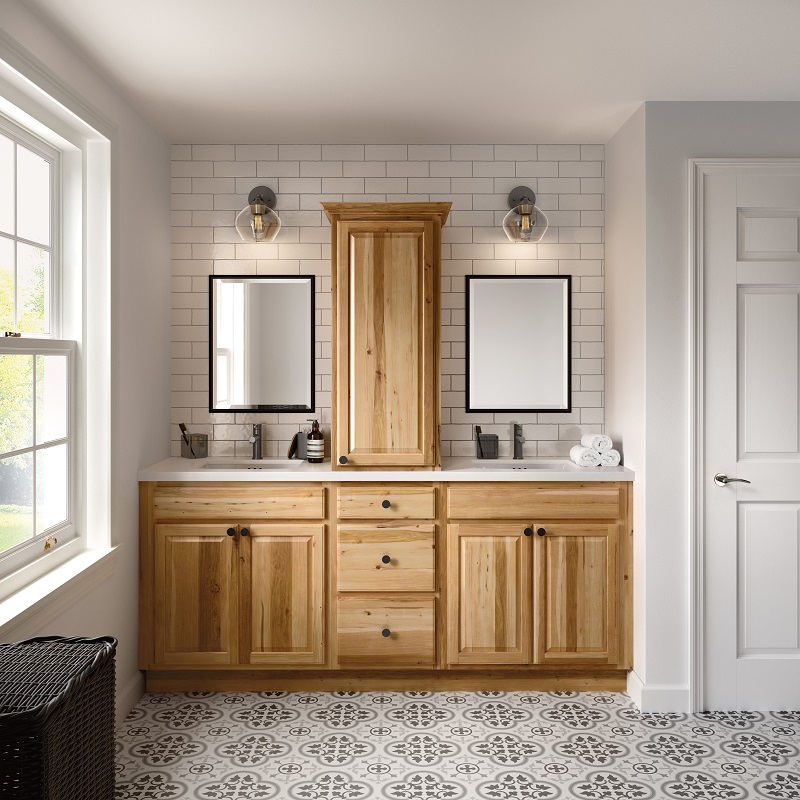
Preparing for the Cleaning Process
Gathering Supplies
Effective cleaning requires the right tools and supplies. You’ll need a soft cloth or microfiber cloth, mild dish soap, water, a wood cleaner, and a wood polish. Avoid harsh chemicals or abrasive scrubbers, as they can damage the finish. Additionally, prepare a bucket for mixing cleaning solutions and have a step ladder or stool handy to reach higher cabinets. Proper preparation ensures a smooth and effective cleaning process.
Protecting Surrounding Areas
Protecting the surrounding areas is crucial to avoid damage or mess. Lay down a drop cloth or old sheets on countertops and floors. Remove any items from the cabinets, such as dishes or glassware. Mask off areas that you don’t want to get wet, like adjacent walls or appliances. Taking these precautions helps in maintaining a clean workspace and prevents accidental damage to other surfaces.
Cleaning the Wood Cabinets
Dusting and Initial Wipe Down
Start by dusting the cabinets with a dry, soft cloth or a microfiber duster. This step removes loose dust and dirt, which helps prevent scratching during the wet cleaning phase. Pay special attention to crevices and moldings where dust can accumulate. After dusting, perform an initial wipe down using a cloth slightly dampened with water. This helps to remove any remaining surface dirt and prepares the cabinet for deeper cleaning.
Cleaning with Mild Soap Solution
Prepare a cleaning solution using mild dish soap and warm water. Dip a soft cloth into the solution and wring it out thoroughly to avoid excess moisture. Gently wipe the cabinet surfaces in the direction of the wood grain. This method helps in lifting dirt without causing streaks or damage. For stubborn spots, apply a bit more pressure but be careful not to soak the wood. Rinse the cloth frequently to avoid spreading dirt.
Using Wood Cleaners
For a more thorough clean, consider using a specialized wood cleaner. Follow the manufacturer’s instructions for application. Typically, you apply the cleaner with a soft cloth and work it into the wood in circular motions. Wood cleaners are designed to break down grime and restore the wood’s natural beauty. After application, buff the cabinets with a clean, dry cloth to remove any residue and bring out the shine.
Addressing Stains and Grease
Tackling Grease Build-Up
Kitchen cabinets are particularly prone to grease build-up. For greasy spots, create a paste using baking soda and water. Apply the paste to the affected areas and let it sit for a few minutes. Gently scrub the area with a soft brush or cloth. Baking soda acts as a mild abrasive that helps lift grease without damaging the wood. Wipe the area clean with a damp cloth and then dry it thoroughly.
Removing Stains
Stains on wood cabinets require a different approach. For water stains, use a mixture of equal parts white vinegar and olive oil. Apply the solution to the stained area and gently rub it with a cloth. The vinegar helps to break down the stain, while the olive oil conditions the wood. For more stubborn stains, you may need a wood stain remover specifically designed for your type of finish. Always test any stain remover in an inconspicuous area first to ensure it does not damage the wood.
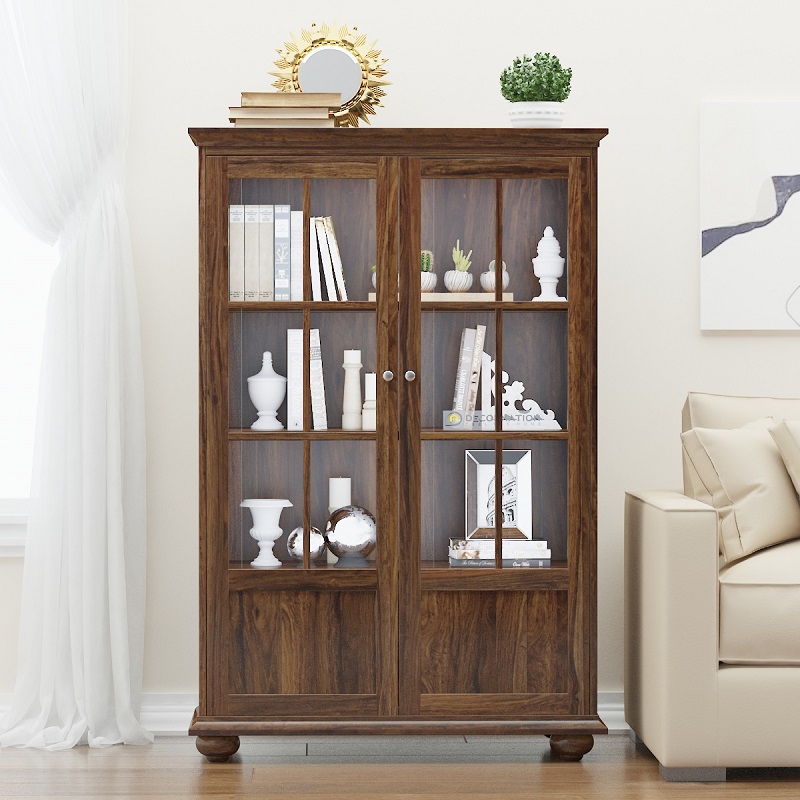
Restoring and Polishing the Finish
Applying Wood Polish
After cleaning, restoring the wood’s finish is essential for a shine like new. Apply a high-quality wood polish or furniture wax. Follow the manufacturer’s instructions for application. Typically, you’ll apply the polish with a soft cloth, working it into the wood in circular motions. Wood polish helps to enhance the natural grain of the wood and provides a protective layer that adds shine.
Buffing for a Brilliant Finish
Once the polish is applied, buff the cabinets with a clean, dry cloth. Buffing helps to even out the polish and brings out a high gloss. Use a circular motion and apply light pressure. This step not only enhances the shine but also helps to remove any excess polish, leaving a smooth and brilliant finish. Regular buffing can keep your cabinets looking their best and protect the finish from daily wear.
Maintaining Clean Wood Cabinets
Regular Cleaning Routine
To keep your wood cabinets looking like new, establish a regular cleaning routine. Dust the cabinets weekly to prevent dust build-up. Perform a deeper clean every month using the mild soap solution and wood cleaner as described. Regular maintenance prevents the accumulation of grime and ensures that your cabinets remain in excellent condition.
Preventing Damage
To prevent damage, avoid placing items directly on the cabinet surfaces that can cause scratches or dents. Use coasters and trivets to protect against heat and moisture. Additionally, be cautious with cleaning products—avoid those containing alcohol or ammonia, which can harm the wood finish. Regular care and prevention strategies help maintain the beauty and longevity of your wood cabinets.
Dealing with Warping and Cracks
Identifying Issues
Wood cabinets can sometimes develop warping or cracks due to humidity changes or poor maintenance. Identifying these issues early helps prevent further damage. Look for uneven surfaces, gaps, or noticeable distortions in the wood. If you notice any of these signs, addressing them promptly can help preserve the integrity of your cabinets.
Repairing Minor Warping
For minor warping, try using a humidifier in the room to increase moisture levels, which may help the wood return to its original shape. If the warping persists, gently sand the affected area with fine-grit sandpaper to even out the surface. After sanding, apply a wood conditioner and finish with a matching wood stain or polish. Ensure you follow the grain of the wood to blend the repair seamlessly.
Fixing Cracks
To repair cracks, clean the area thoroughly and fill the crack with wood filler that matches your cabinet’s color. Use a putty knife to smooth the filler and allow it to dry completely. Once dry, sand the area gently to blend it with the surrounding wood. Finish with a touch-up stain or polish to restore the appearance.
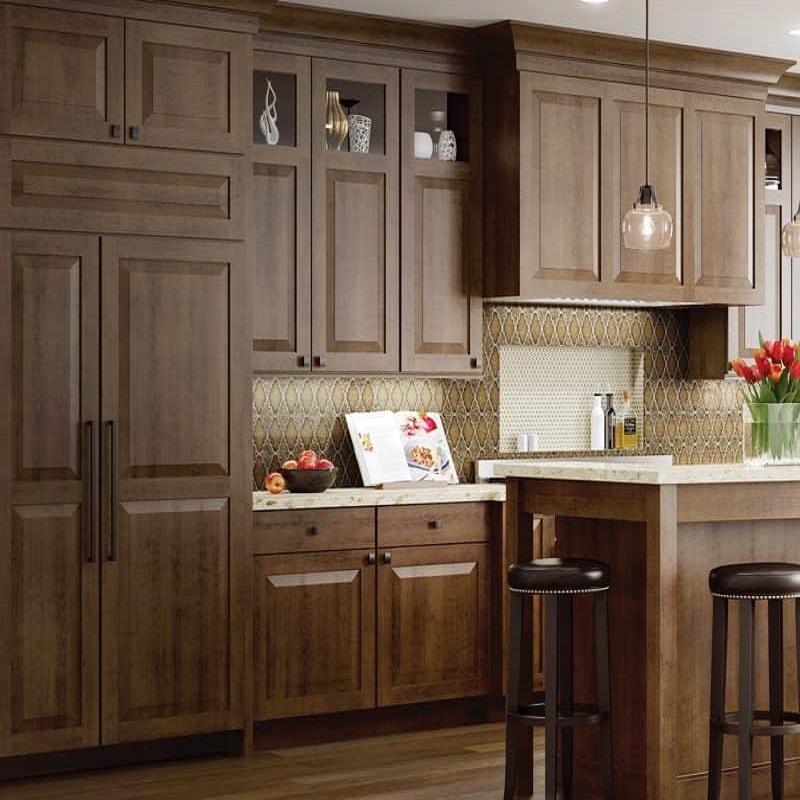
Conclusion
Cleaning and maintaining wood cabinets involves a series of thoughtful steps to ensure they shine like new. By understanding your wood’s finish, preparing adequately, and using the right cleaning methods, you can restore and preserve the beauty of your cabinets. Regular maintenance and careful prevention of damage will keep your wood cabinets looking pristine for years to come. Follow these guidelines to enjoy the lasting elegance and warmth of your wooden cabinetry.






